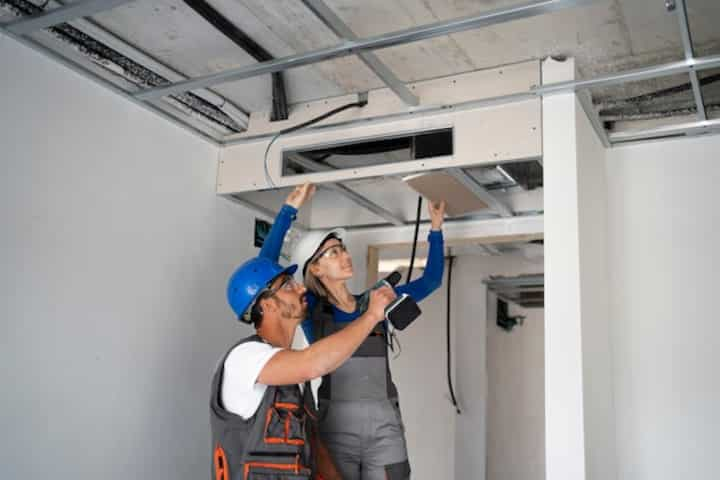
The Importance of Indoor Air Quality Testing for a Healthy Home
Indoor air quality (IAQ) has become an increasingly significant topic in discussions about health and well-being. As individuals spend a considerable amount of time indoors, the quality of the air within homes is crucial. Poor indoor air quality can lead to various health issues, including allergies, respiratory problems, and even chronic conditions. Therefore, indoor air quality testing is essential for maintaining a healthy living environment. This article explores the importance of indoor air quality testing and how it contributes to a healthier home.
Understanding Indoor Air Pollution
Indoor air pollutants can originate from various sources within a home. These pollutants can significantly affect health and comfort. Some common indoor air pollutants include:
- Volatile organic compounds (VOCs) from paints, solvents, and cleaning products.
- Particulate matter from dust, smoke, and pet dander.
- Biological contaminants such as mold, bacteria, and dust mites.
- Gases like carbon monoxide and radon.
Understanding the types of pollutants present is the first step towards mitigating their impact. Read more about this topic.
The Role of Indoor Air Quality Testing
Indoor air quality testing serves as a diagnostic tool to identify pollutants and measure their concentrations. This process is vital for several reasons:
- Health Protection: Identifies harmful pollutants that could lead to health issues.
- Informed Decisions: Provides data that can inform necessary actions to improve air quality.
- Preventive Measures: Helps in taking timely actions to prevent long-term health effects.
Testing is an essential step in ensuring the air within a home is safe and healthy to breathe. Explore further insights here.
Benefits of Improved Indoor Air Quality
Enhancing indoor air quality can lead to numerous benefits, including:
Health Benefits
- Reduced risk of respiratory diseases and allergies.
- Improved sleep quality and overall well-being.
- Decrease in symptoms of asthma and other chronic conditions.
Environmental and Economic Benefits
- Improved HVAC system efficiency, leading to lower energy bills.
- Reduced environmental impact due to decreased need for heating and cooling.
- Increased property value due to a healthier living environment.
Improved indoor air quality not only enhances health but also contributes to a more sustainable and cost-effective home environment. Learn more in this detailed guide.
Steps to Improve Indoor Air Quality
Taking proactive steps can greatly enhance indoor air quality. Consider the following measures:
- Regular maintenance and cleaning of HVAC systems and air ducts. Find additional information here.
- Using air purifiers and high-efficiency particulate air (HEPA) filters.
- Ensuring adequate ventilation to allow fresh air circulation.
- Reducing the use of products that emit VOCs.
- Controlling humidity levels to prevent mold growth.
Implementing these strategies can significantly improve the air quality in a home, promoting a healthier and more comfortable living space.
Conclusion
Indoor air quality testing is a critical aspect of maintaining a healthy home. By identifying and addressing pollutants, homeowners can protect their health, enhance their quality of life, and ensure their living environment is safe and inviting. Regular testing and proactive measures are essential in achieving and maintaining optimal indoor air quality. For those interested in taking further action, explore further insights here.